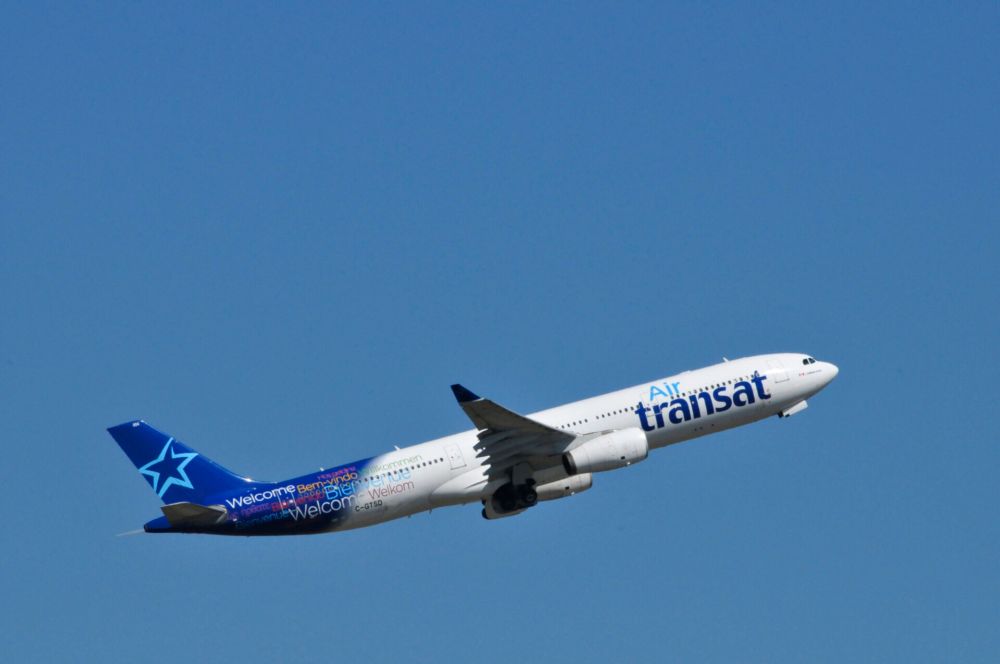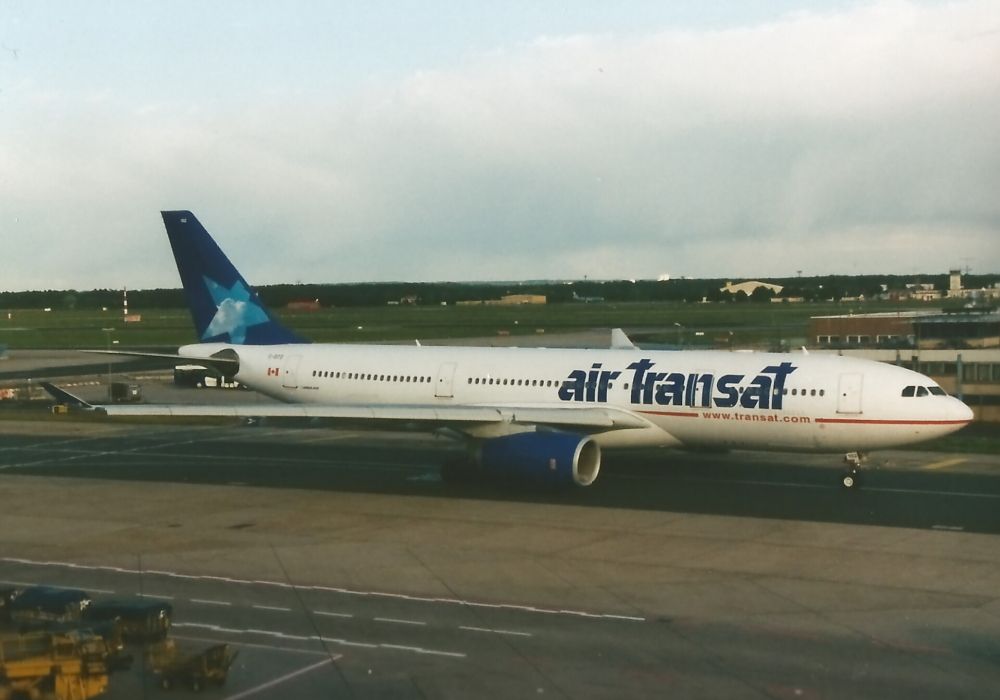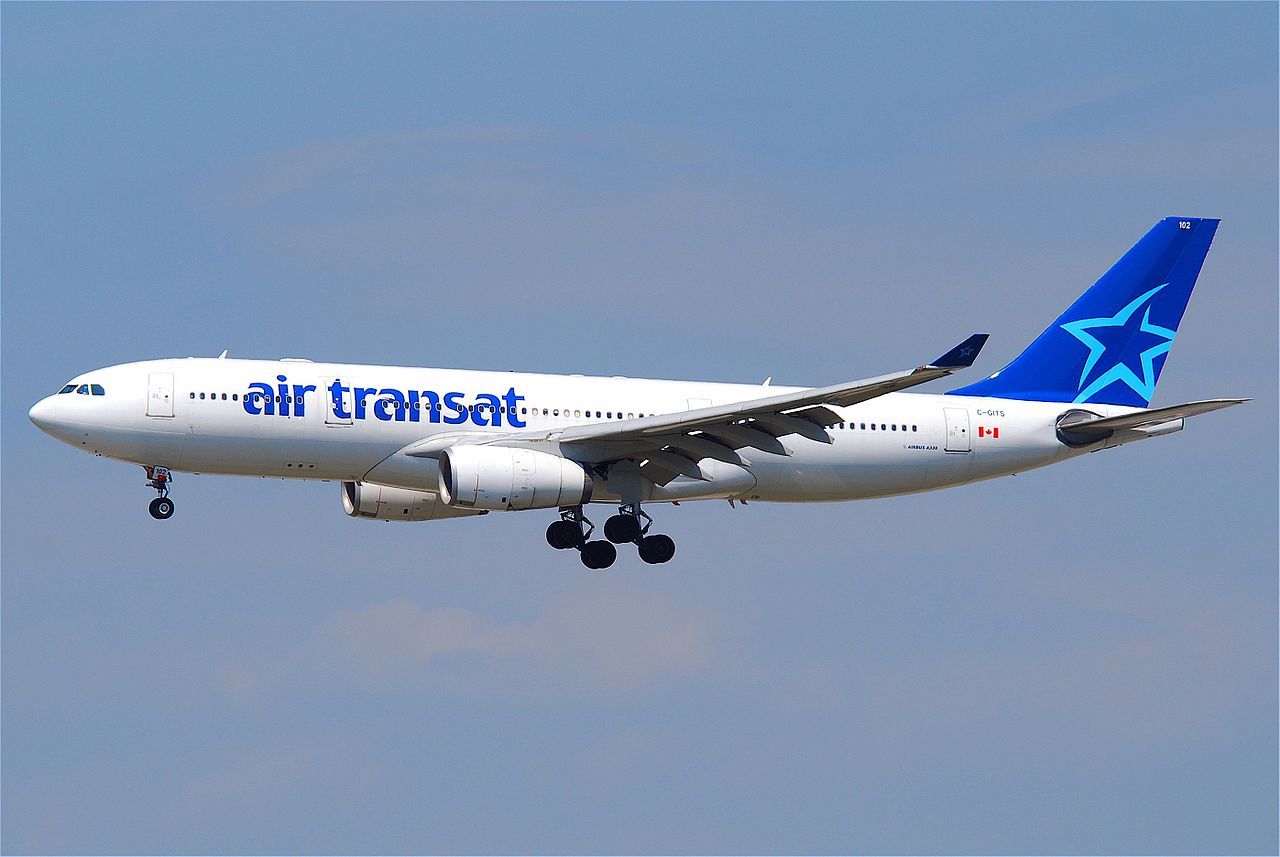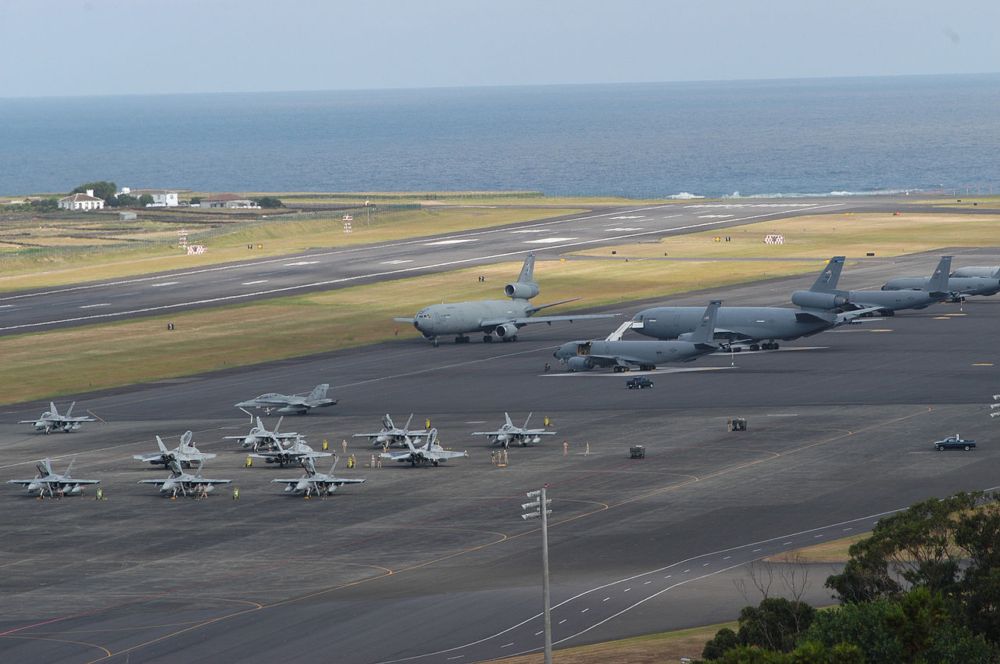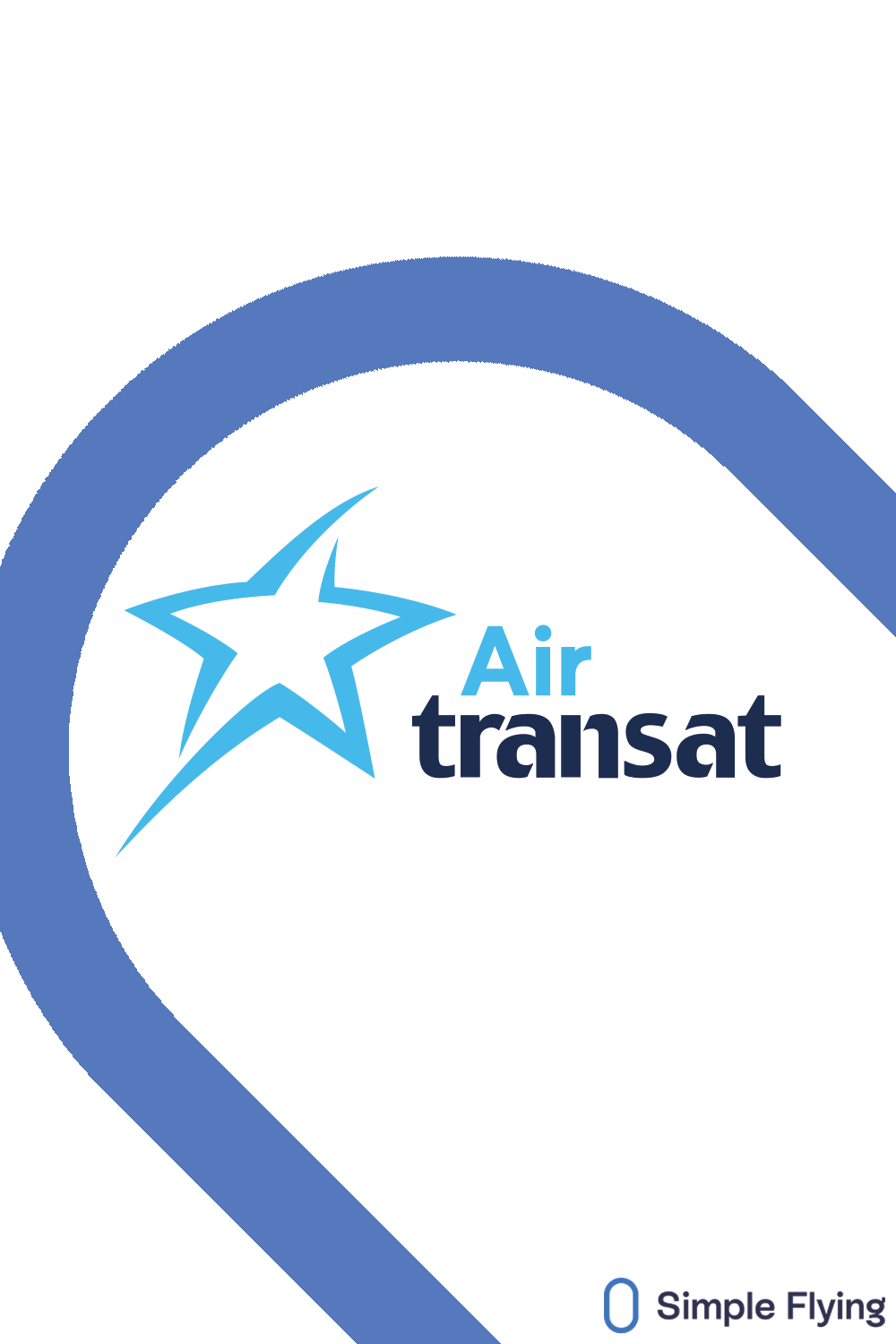In August 2001, an Air Transat flight from Toronto to Lisbon made an unscheduled stop in the middle of the Atlantic Ocean. This occurred after fuel exhaustion forced the jet operating the flight to glide for over 120 km (65 NM) to make an emergency landing in the Azores. Let's take a look back at how exactly the incident unfolded.
The flight and aircraft involved
Air Transat flight TS236 was a busy service that originated at Toronto Pearson International Airport (YYZ) in Ontario, Canada. Its destination was on the other side of the North Atlantic Ocean, namely Humberto Delgado Airport (LIS) in the Portuguese capital of Lisbon. Although Air Transat still flies between Toronto and Lisbon, it no longer uses the flight number TS236 for these services.
Indeed, data from RadarBox.com shows that the airline last used this designation in July 2018 on a flight from Toronto to Roatan Island. Instead, Air Transat's present Toronto-Lisbon services use the flight number TS480, and are operated by Airbus A321LR jets. This route also previously served Porto as part of a triangle itinerary. This summer, the carrier deployed a Hi Fly Airbus A330 to meet higher demand.
Love aviation history? Discover more of our stories here!
On August 23rd, 2001, Air Transat flight TS236 took to the skies in Toronto at 20:52 local time. Operated by C-GITS, an Airbus A330-200, the overnight flight had 293 passengers and 13 crew members onboard. At the time, the twin-engine widebody was just over two years old, according to data made available by ATDB.aero.
A severe fuel leak
Just under four hours into the aircraft's journey across the Atlantic, at 04:38 UTC, it began to develop a fuel leak. This occurred in a fuel line to its number 2 engine, where a fracture had arisen. An investigation later found that the cause of this was an incorrectly installed component that didn't leave sufficient clearance between the fuel and hydraulic lines. This lack of space caused the lines to chafe.
As a result of this, the fuel line eventually ruptured, thus causing the leak. 25 minutes later, the pilots noticed low oil temperature and high oil pressure readings for the affected engine, and informed the airline's control center that they would monitor the situation. According to the Aviation Safety Network, a fuel imbalance warning then arose at 05:36 UTC, and the crew swiftly took action in response.
The action taken saw them transfer fuel from the left to the right tank to help address the imbalance. However, this was only lost through the ruptured line, worsening the leak to a gallon per second. This prompted them to decide to divert to Lajes in the Azores. This came at 05:45 UTC, followed by the declaration of a fuel emergency at 05:48. The situation would soon become even more perilous.
An unlikely world record holder
Indeed, while the stricken jet was en route to Lajes, both of its engines flamed out within 13 minutes of each other due to fuel starvation. This occurred at 06:26 UTC, with the aircraft still 121 km (65 NM) from Lajes. What followed turned out to be the longest unpowered glide of a passenger aircraft. With engine power gone, the ram air turbine was used to the twinjet's power instruments and hydraulics.
Despite the various challenges, the plane eventually touched down in Lajes at 06:54 UTC. It had needed to make several winding turns to lose altitude en route, with minimal hydraulic power. Despite injuries to 18 occupants in the hard landing and evacuation of the plane, all 306 occupants survived the incident. C-GITS continued to fly for Air Transat until being placed into storage in March 2020.
Other similar incidents
As it happens, there have been several other incidents throughout aviation history where widebody jetliners have had to glide without engine power for a given period.
Perhaps the most famous of these involved the 'Galunggung Glider,' a British Airways Boeing 747 whose engines stopped after flying through a cloud of volcanic ash. Meanwhile, the 'Gimli Glider' was an Air Canada Boeing 767 that lost power due to fuel exhaustion after a conversion error when topping up its tanks.
What do you make of this incident? Do you remember it happening at the time? Let us know your thoughts and memories in the comments.
Sources: ATDB.aero, Aviation Safety Network, RadarBox.com

